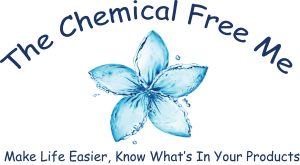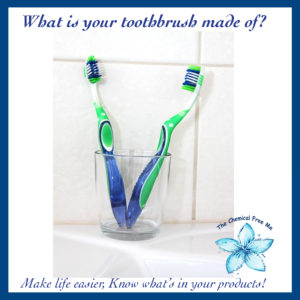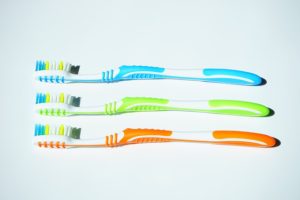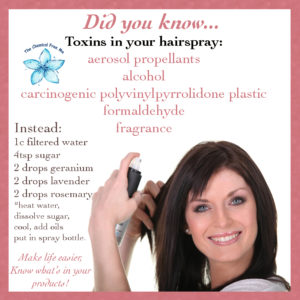Cleaning your oven can be a fairly toxic experience. Oven cleaners are known to cause respiratory issues, sore throats, and carbon 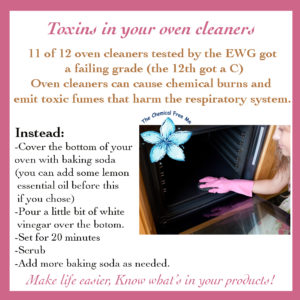 monoxide fumes and contains cancer-causing ingredients. Let’s look at some of the common choices…
monoxide fumes and contains cancer-causing ingredients. Let’s look at some of the common choices…
A self-cleaning oven is generally the easiest (no scrubbing or elbow grease needed) but it also has its toxic downfalls. The baked on foods release a carbon monoxide as they are heated to the high degrees during self-cleaning modes. The inner coating of your oven is Teflon. Heating it to the 600 degrees often used for self-cleaning does cause it to give off toxic fumes. Be sure to vent properly when using the self-cleaning features. (Birds are especially sensitive to the toxins of Teflon so be sure to remove them from the area if you have a pet bird hanging out near your kitchen)
If you do not have or chose to use a self-cleaning oven you may opt for a spray on oven cleaner. These can contain corrosive alkalis, lye and ammonia. They can lead to breathing difficulties, sore throat or swelling, burning of the eyes, nose, ears or throat, vision issues, abdominal pain, vomiting, low blood pressure, skin burns, irritation, or damage to the esophagus. Seems like a steep price to pay to clean your oven.
As you can imagine most commercial oven cleaners failed the EWG standards for safety. Making your own with vinegar and baking soda enables the safer chemical reaction between the two to get the job done with minimal scrubbing in no toxic fumes.
